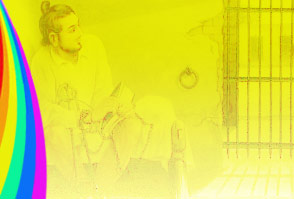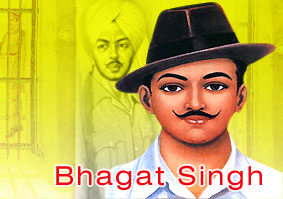Mahatma Gandhi and Bhagat Singh, two titans of the
Indian freedom movement and inspirational leaders who laid down their
lives while seeking emancipation for their countrymen. Committed as they
were towards the goal of India's freedom from British rule, the means
they adopted were as different as chalk and cheese. While one
spearheaded a civil disobedience movement founded on the principles of
nonviolence and Satyagraha, the other waged a revolutionary armed
struggle laced with violence towards the British regime.
As a young lad, Bhagat Singh actively took part in the non-cooperation
movement and was an admirer of Mahatma Gandhi. He earnestly believed
that India would indeed gain freedom under Gandhi's leadership. But when
Gandhi called off the movement following the Chauri Chaura riot in 1922,
Bhagat Singh became disenchanted with Gandhism and gradually veered
towards the tenets of armed revolutionary struggle. Prior to his arrest
and subsequent execution, Bhagat Singh led many a valiant attacks
against the British machinery.
The pre-eminence of Mahatma Gandhi and Bhagat Singh in Indian freedom
movement and their distinctly different approaches have spawned many
controversies and even conspiracy theories. Most of these stem from
Gandhi and the Indian National Congress' alleged failure to prevent
Bhagat Singh's execution despite enjoying substantial clout with the
British government. In fact a number of recent Bollywood movies like
'Shaheed Bhagat Singh' are replete with subtle insinuations that Gandhi
indeed could have done more to save Bhagat Singh's life.
But Gandhi was an admirer of Bhagat Singh and publicly applauded his
patriotism on many occasions. The Mahatma in fact wrote to the Viceroy
pleading with him to commute the death sentence of Singh and his
accomplices.









